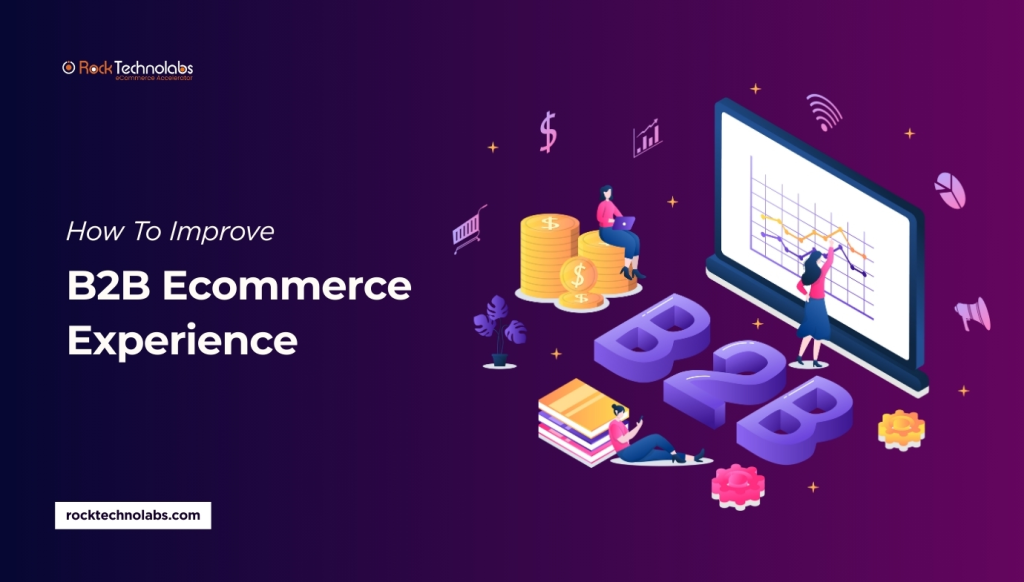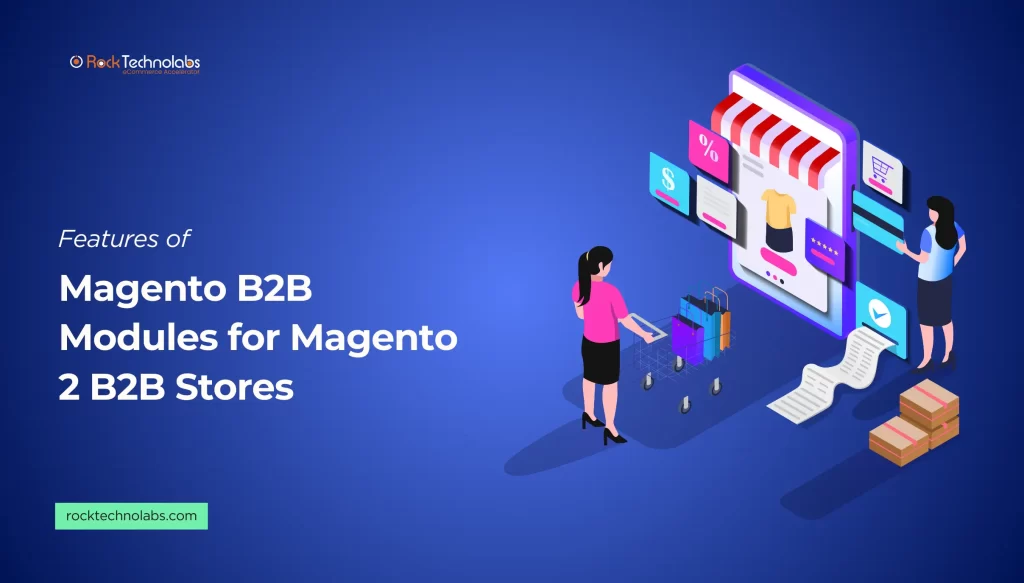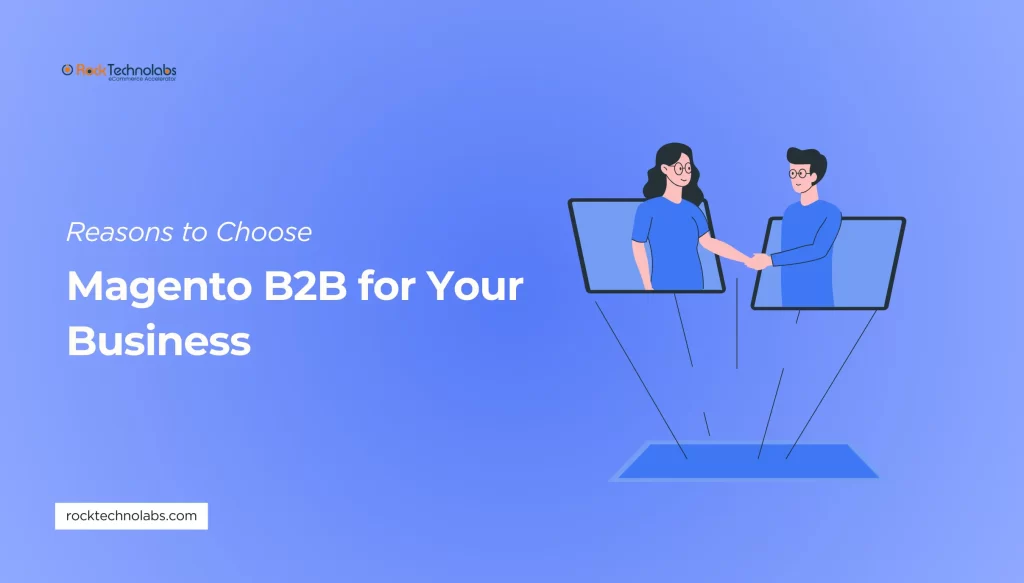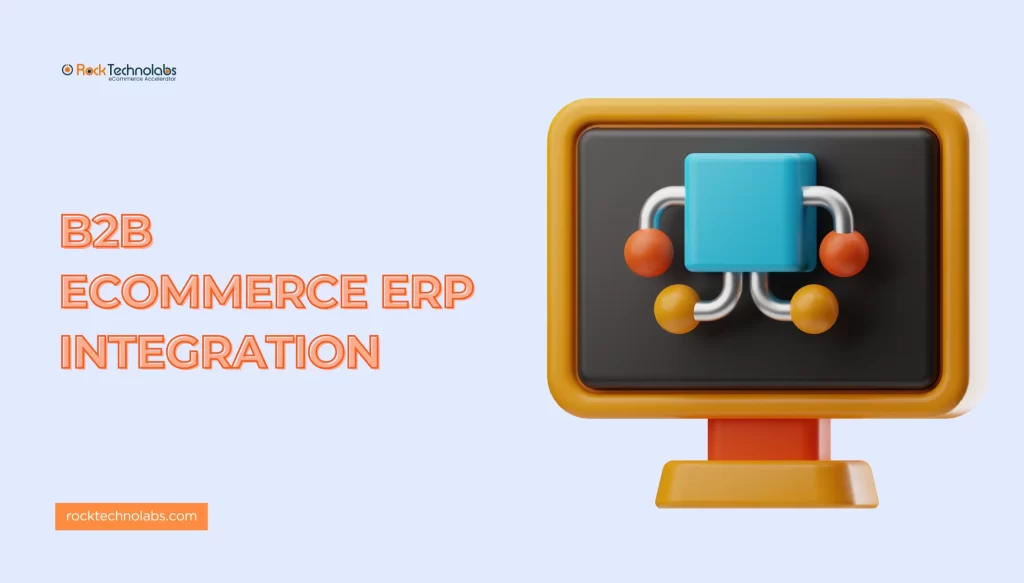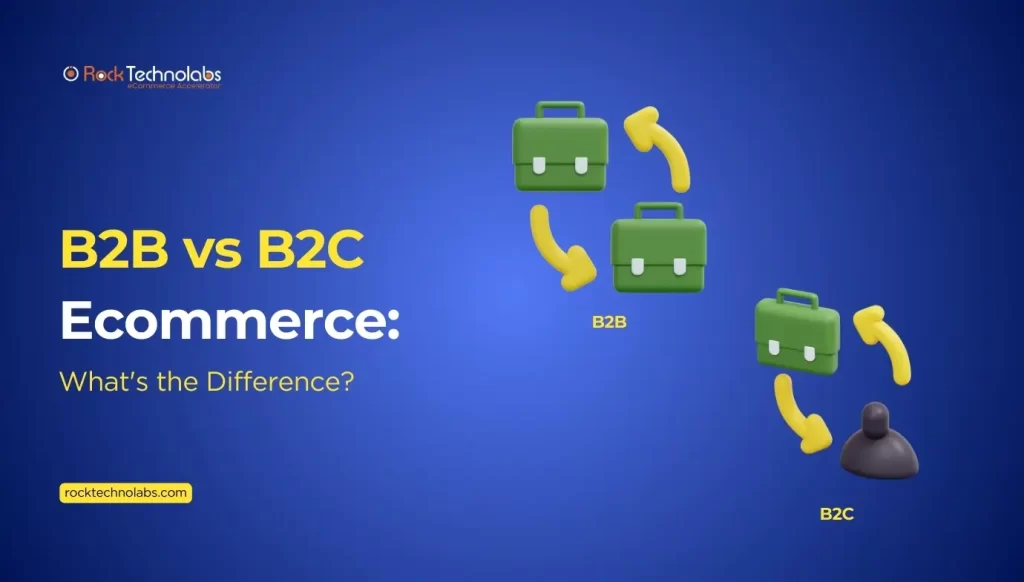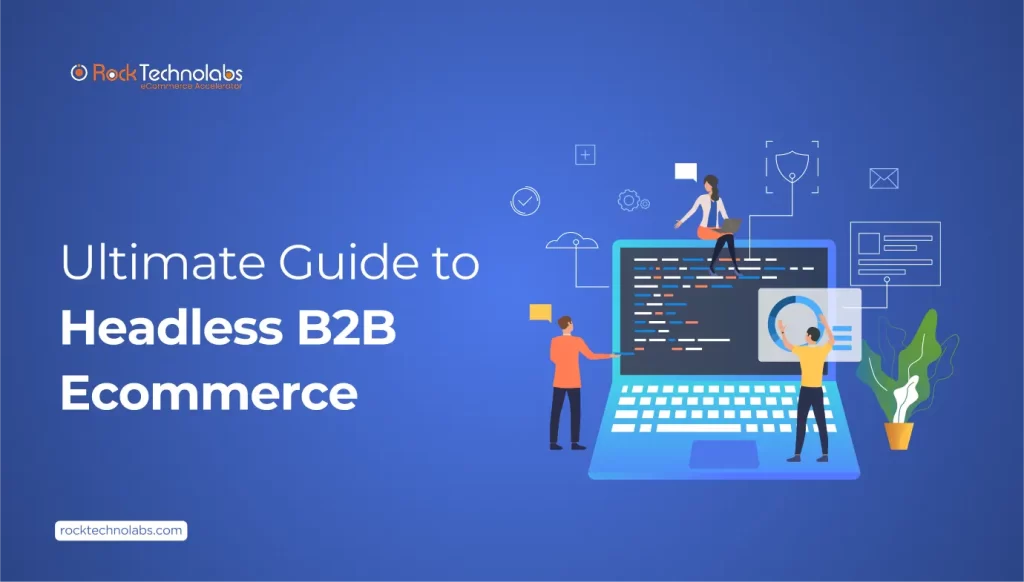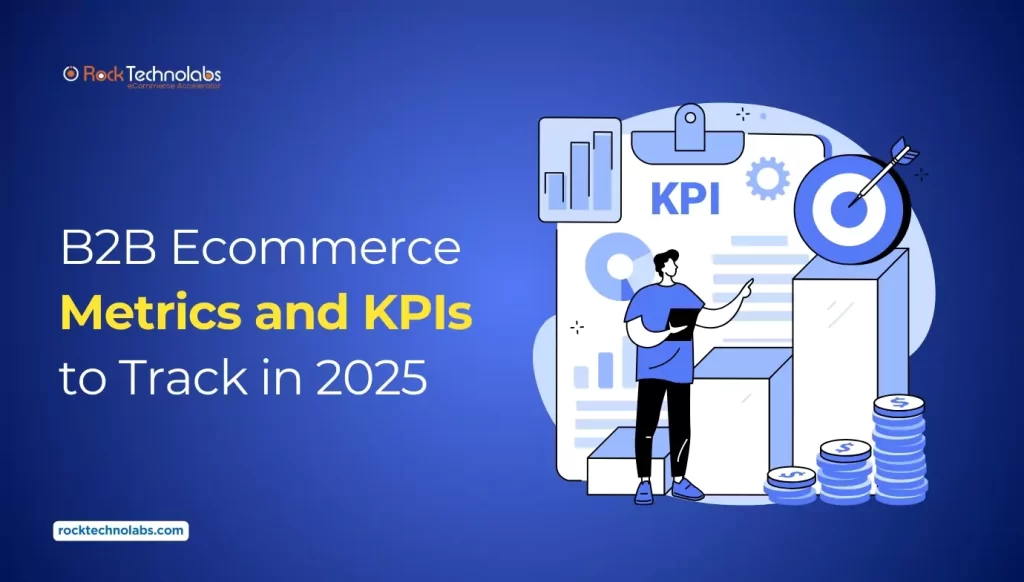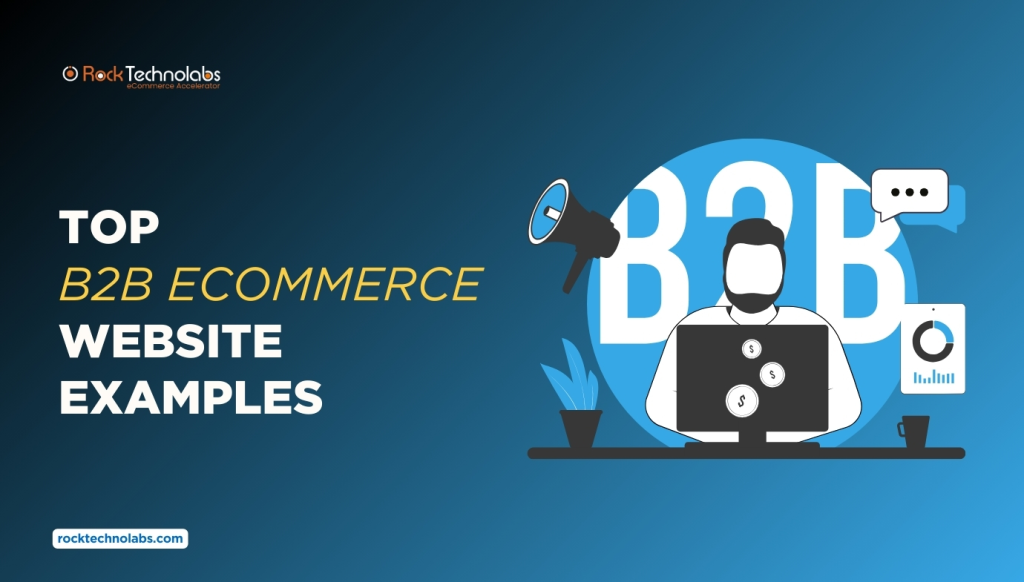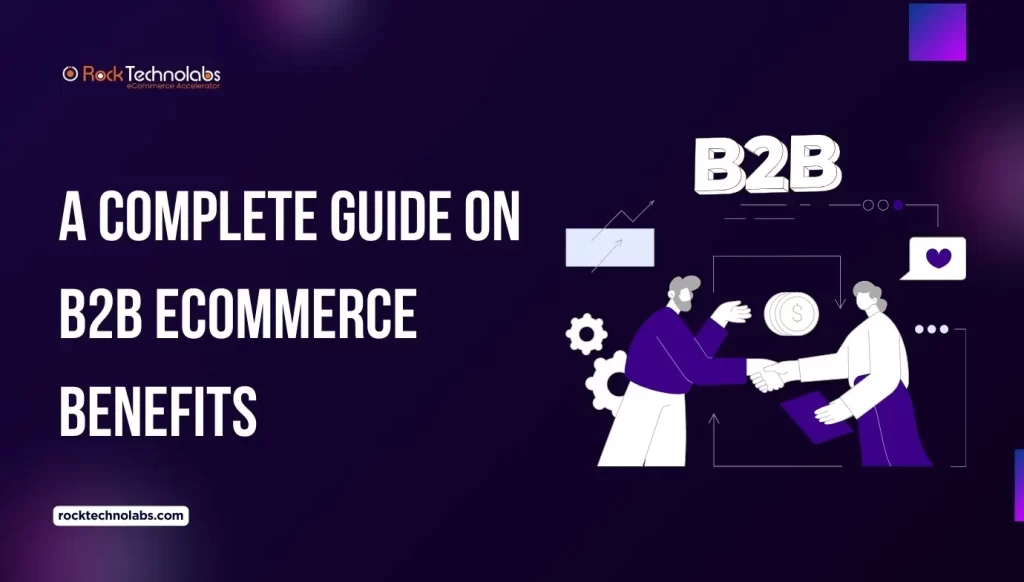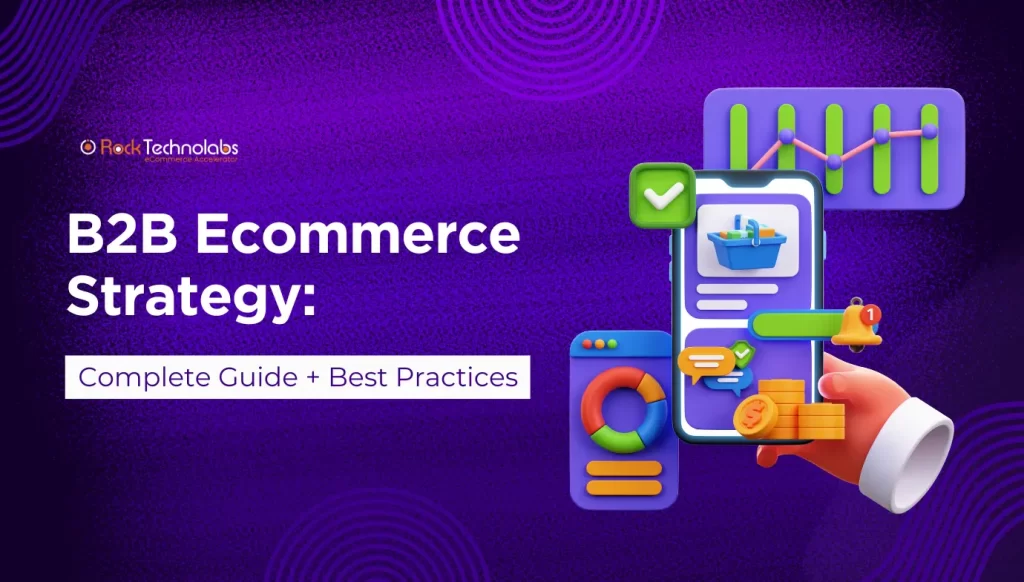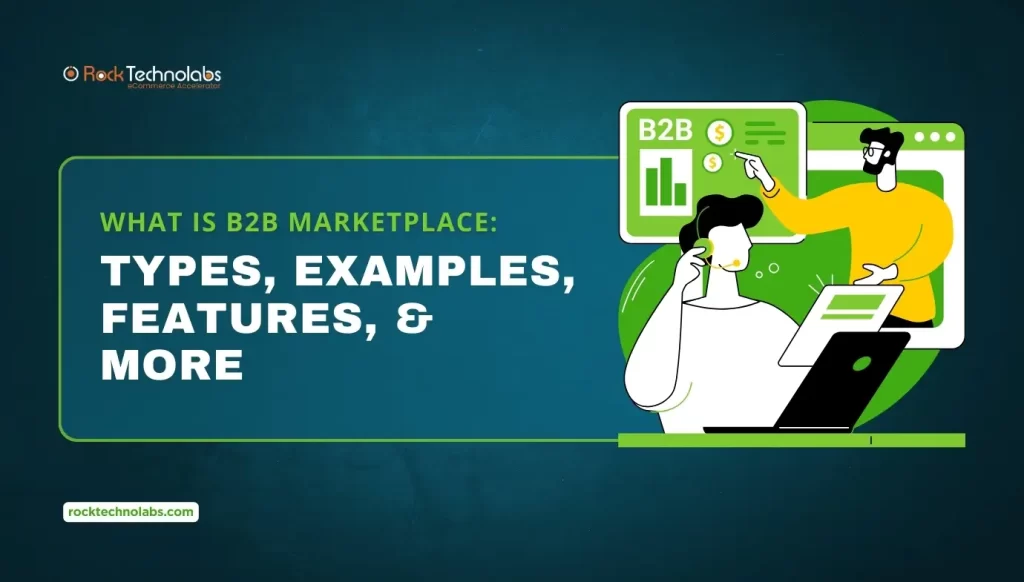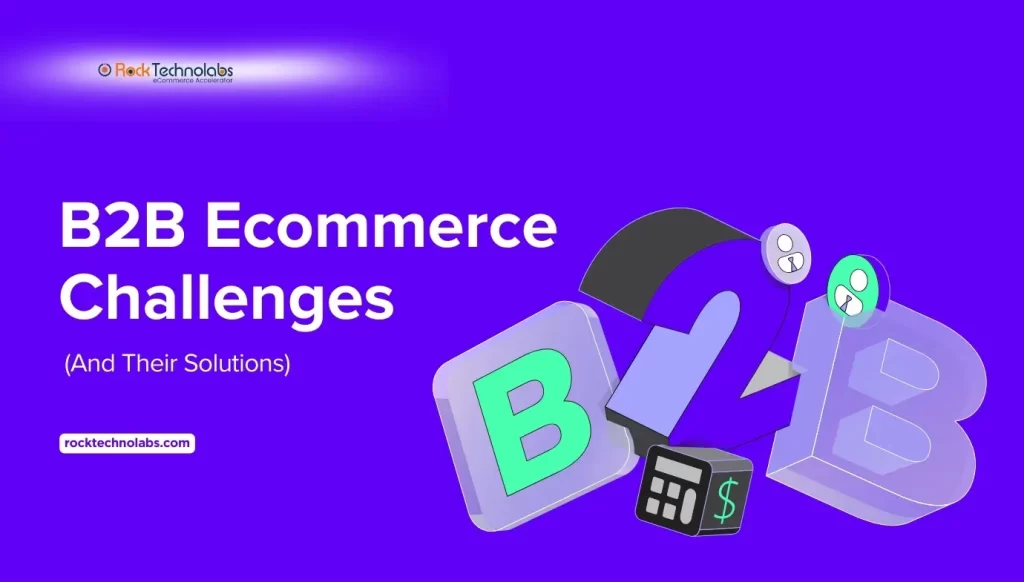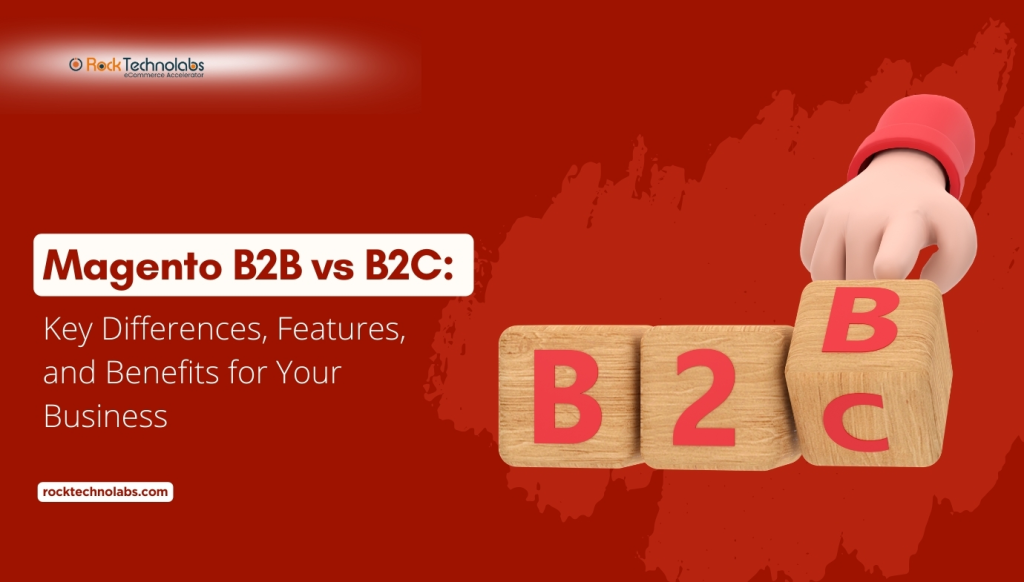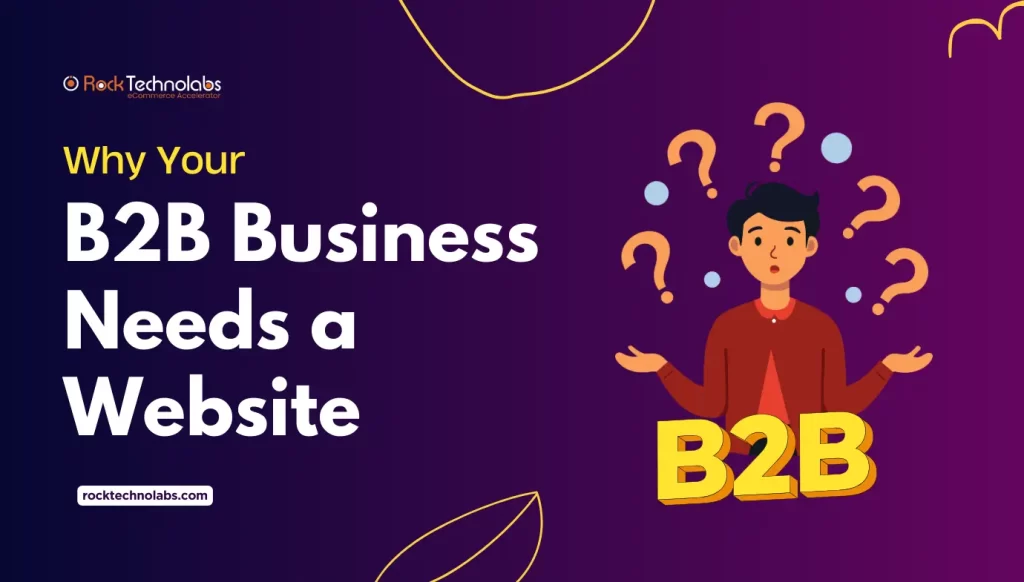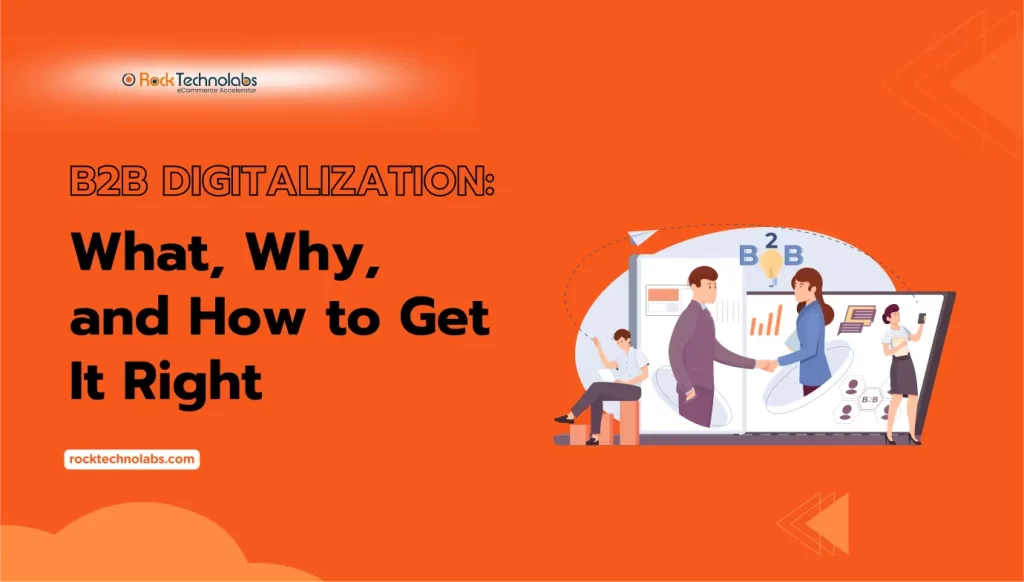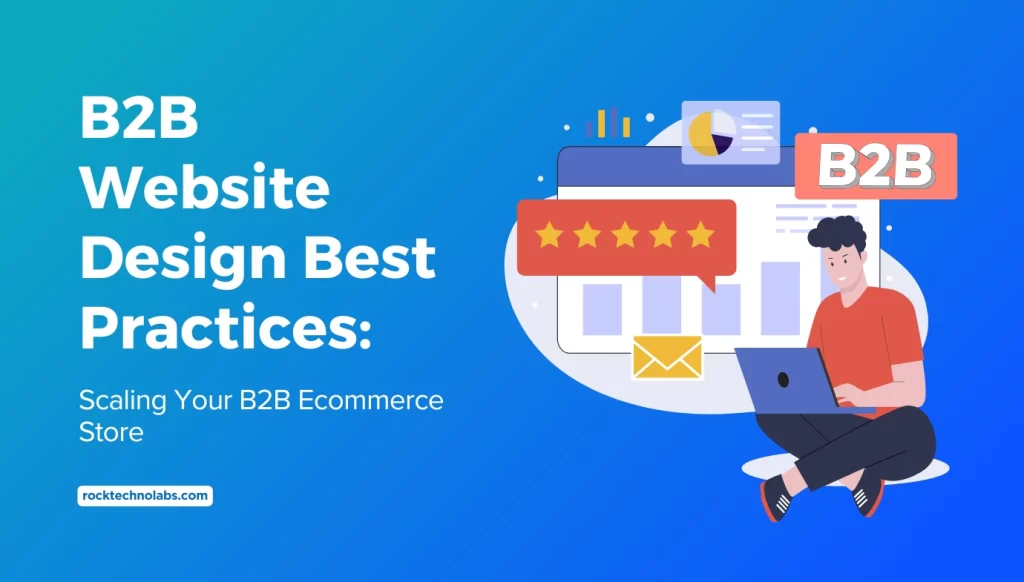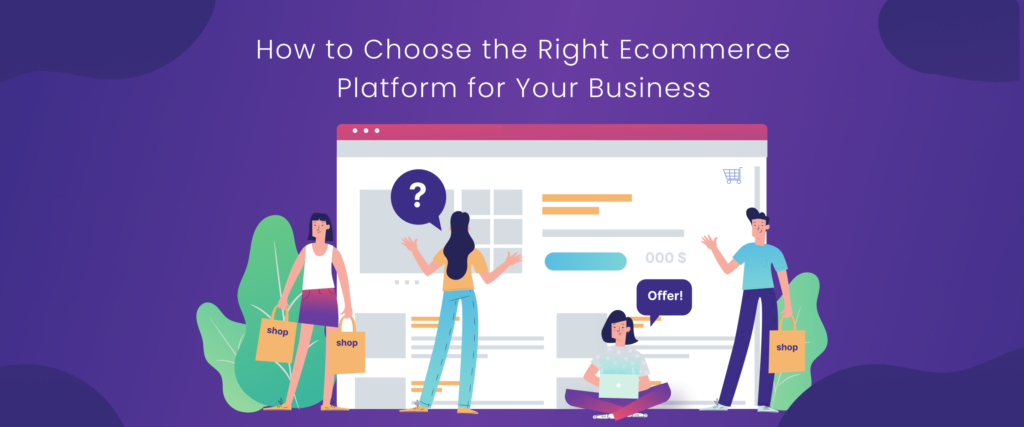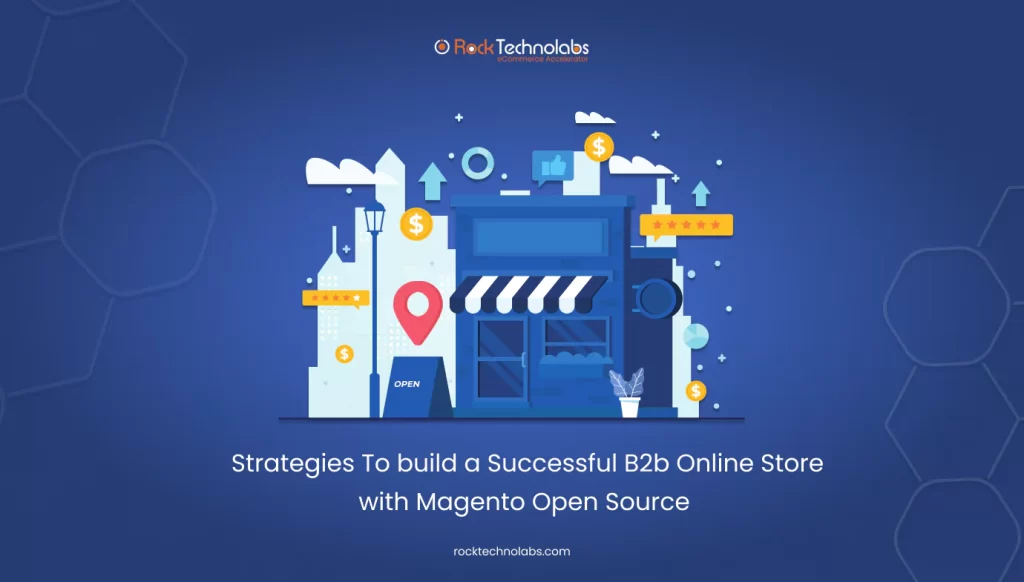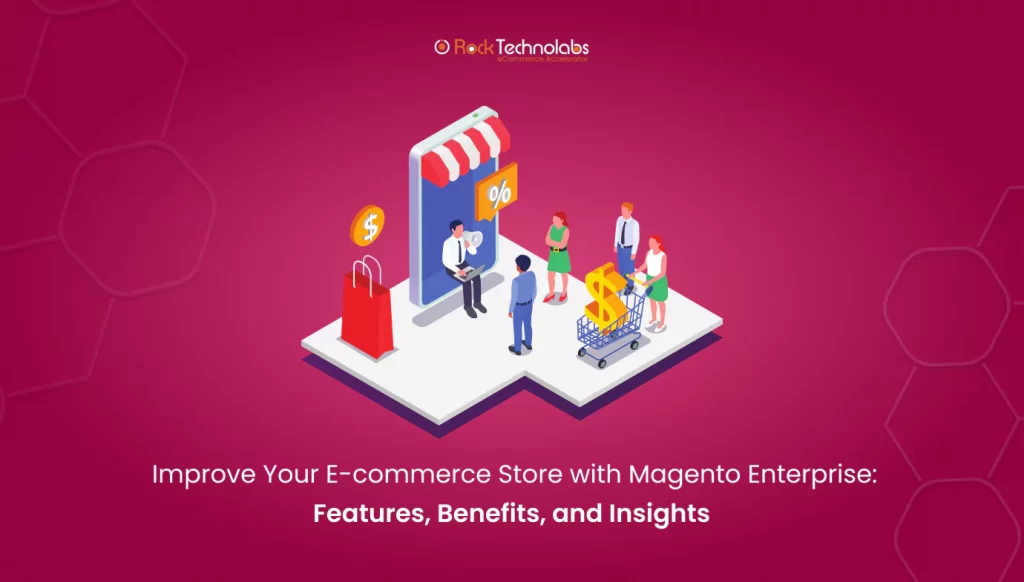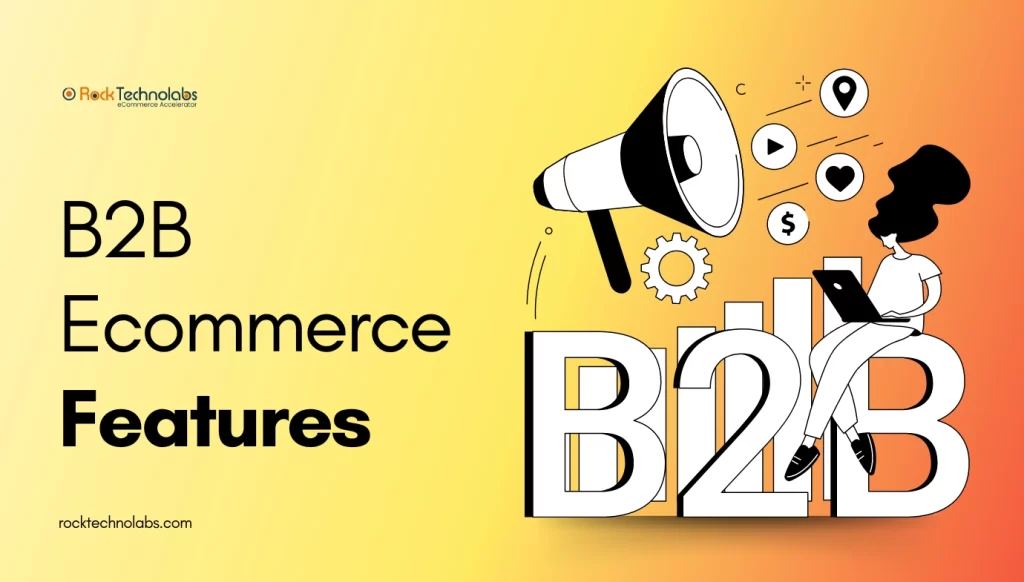When it comes to choosing an eCommerce platform, Magento Commerce features a growing number of impressive tools each year.
Magento is one of the popular B2B platforms that industry leaders trust. Without any doubt, Magento Commerce proves that it is well-prepared for B2B operations.
Magento offers extensive features for all your B2B operations, including Built-in Magento Self-Service Tools, Advanced Account Management, Quick Orders, Requisition lists, Multi-Brand Solutions, Request a Quote, Integrated B2B functionality, Extended Capabilities, and much more.
If we look into the numbers:
- According to the Internet Retailer 300 list, Magento has secured the top ranking for B2B eCommerce platforms, solidifying its position as an industry leader.
- Digital Commerce 360 2024 B2B Market and Customer Experience Report forecasts, B2B eCommerce to reach $2+ trillion.
Magento 2 benefits is what makes it a powerful and secured platform for both B2C and B2B companies’ websites.
Going through the Magento B2B features list below can take your B2B eCommerce business to a higher level and ramp up sales. Let’s check it all out down below.
In this article, you will get a breakdown of our 8 favorite features that make Magento Commerce a great solution for B2B business.
Let’s dive in. But first, THE BASICS:
What is Magento B2B?
Magento B2B is an eCommerce solution specially designed for B2B (business-to-business) use. It refers to building a B2B eCommerce website on a Magento platform with lots of features and functionalities that are essential for B2B online businesses.
Also compared to many competitors, the Magento B2B platform is highly relevant for e-commerce businesses due to its tailored features and scalability designed for complex B2B operations.
It can manage bulk orders, multiple store views, complex pricing, multiple accounts, third-party integrations, and much more.
Planning to launch a Magento B2B store? Rock Technolabs specializes in delivering top-notch Magento B2B development services across industries.
Connect with our experts today.
Magento B2B offers:
- Custom pricing, quoting systems, and bulk ordering options, enable businesses to manage unique customer requirements efficiently.
- Supports multi-channel and multi-store capabilities, allowing businesses to manage multiple storefronts for different regions or customer segments from a single interface.
- The flexible payment options offered include purchase orders and credit limits, which accommodate the diverse needs of B2B clients.
- Enhances customer experience with personalized catalogs, quick reordering, and negotiable quote management, crucial for building strong, long-term client relationships.
- Integration with other Adobe tools (like Adobe Analytics) provides valuable insights, enabling businesses to optimize sales strategies.
Scalability and customization capabilities make Magento B2B an ideal solution for e-commerce businesses seeking to streamline operations, expand globally, and deliver a superior, tailored buying experience.
Don’t forget to check out our comprehensive blog on choosing the right platform for your business.
Magento B2B Features List:
Let’s now review the Magento commerce b2b features list to meet the high demands of your buyers, where customers can self-manage their company accounts, track quotes and orders, set up multiple tiers of shoppers with specific roles and permissions, define purchase approval rules and manage their credit online, quick order forms, etc using B2B capabilities integrated by Adobe Commerce. This will offer a personalized buying experience to your B2B customers and also make your day-to-day management tasks efficient and quick.
1. Built-in Magento’s self-service tools
Instead of investing in various costly plugins to expand the user accounts functionality, you can use Magento’s self-service tools that provide an account dashboard that allow your customers to manage their own accounts easily and their ordering process into their own hands. You have this opportunity to get everything right out of the box and have a whole set of B2B features in Magento 2 for interacting with customers, including grouping and assigning individual priorities for certain accounts and the functions of import/export.
2. Advanced account management
Having multiple users per account is one of the biggest challenges of Company Account Management in B2B. This critical feature along with the workflow and structure has been introduced in a new version of Magento. This feature has the ability to assign multiple users to the same company account at once in varying organizational structures. Also, provide directory access rights for selected accounts. Buyers will have their own accounts which they can easily manage without involving the merchant.

Source: Adobe
This hierarchy allows the company administrator to control user activity for the company account: ordering, purchasing, access to company credit information or profile, quoting, and so on.
As a company admin, you are allowed to add and remove company users. Also, use the drag and drop functionality to move these users into a hierarchy that matches their company structure (divisions, subdivisions, and users). Define roles and permissions for each member. View company information, credit balances, and a list of sales reps assigned to the company.
For More information, check the Company Accounts section on the official Adobe site.
3. Quick Order
When customers already know the product name or SKU of the products they want to order, the order process gets reduced to several clicks by configuring the Quick Order feature.
Orders with multiple SKUs can be entered manually, where customers can search for products using SKU or import the same into the Quick Order form. They can also upload a CSV file with SKUs to start their orders.

After that, Magento will automatically validate that the SKUs are available or not in the catalog and inventory. If available, then the system will fetch the product information like thumbnail pictures and product price so that the customers can verify whether the correct SKUs have been entered.
4. Requisition Lists
For easy ordering or reordering products based on customer’s intent such as the latest collection or best seller products, Magento also lists frequently purchased products. Merchants can create requisition lists and buyers can simply choose the desired products from the list, add the product quantity and add it to the shopping cart.
Merchants can flexibly create unlimited requisition lists and customers are allowed to create multiple lists and add them to their accounts. Customers can add products to a requisition list from product pages, catalog pages, shopping carts, and existing orders. Reordering from existing orders allows customers to complete the entire purchase in just a few clicks.
5. Multi-Brand Solution
There are many businesses that have multiple brands and stores that operate across various countries. This flexible and robust feature allows you to manage and control multiple businesses, multiple brands, divisions, and all your customers from one place via digital platforms.
The key benefit of this feature is that you can provide the same buying experience no matter what your audience is. So whether your audience is B2C or B2B, this multi-brand solution by Adobe Commerce helps you to manage everything from products, and content to multiple brands and different business models in one place without even switching platforms.
6. Request a Quote
Hide Prices, set up quote requests, and price negotiation using the Quotes feature. It will allow buyers to initiate the price negotiation process by simply submitting a quote request from the shopping cart and also leaving specific notes for store managers. Store admin can maintain a history of the communication and view the quotes grid in the Admin panel where each quote received has been listed. Buyers request a quote, and sellers review the submitted quote and respond, After receiving the quote response, buyers will convert the quote to cart.
7. Integrated B2B functionality
The integrated B2B functionality facilitates everything from offering world-class B2B buying experiences with self-service customer portals for easy account management and ordering, customized catalogs, and pricing, personalized experiences, etc. It will not only eliminates time-consuming tasks but also makes it easy to offer personalized customer experiences.
Customers would be allowed to self-manage their company accounts, assign specific roles permission for buyers, define purchase approval rules, track quotes and orders, and most important manage their credit online. While merchants will be allowed to place orders on behalf of customers or troubleshoot issues. This will help merchants to garner loyalty and sustain business growth and make the buying experience frictionless.
8. Extended capabilities
One of the best and most useful features of Adobe Commerce to grow your online business that too on your own terms is “Extended Functionalities’ . You can just take your business to the next level with a marketplace of extensions, connectors, and themes. Extend your online store capabilities using APIs and extensions to introduce new features, improve existing features and integrate with third-party software – all with very minimal and cos effective development.
Deliver better shopping experiences even faster and expand your business the way you want integrating with your ERP or CRM, additional payment methods, or any new marketing services from a huge collection of extensions and APIs offered by leading development companies worldwide.
Grow You Online B2B Business on Magento 2:
All in all, we wrap all the required Magento B2B features lists at your fingertips. If you have any questions related to B2B features in Magento or want to learn more about Magento migration or extensions, don’t hesitate to reach out to us via support chat or email to us.




